A Brief History of Surveillance Cameras
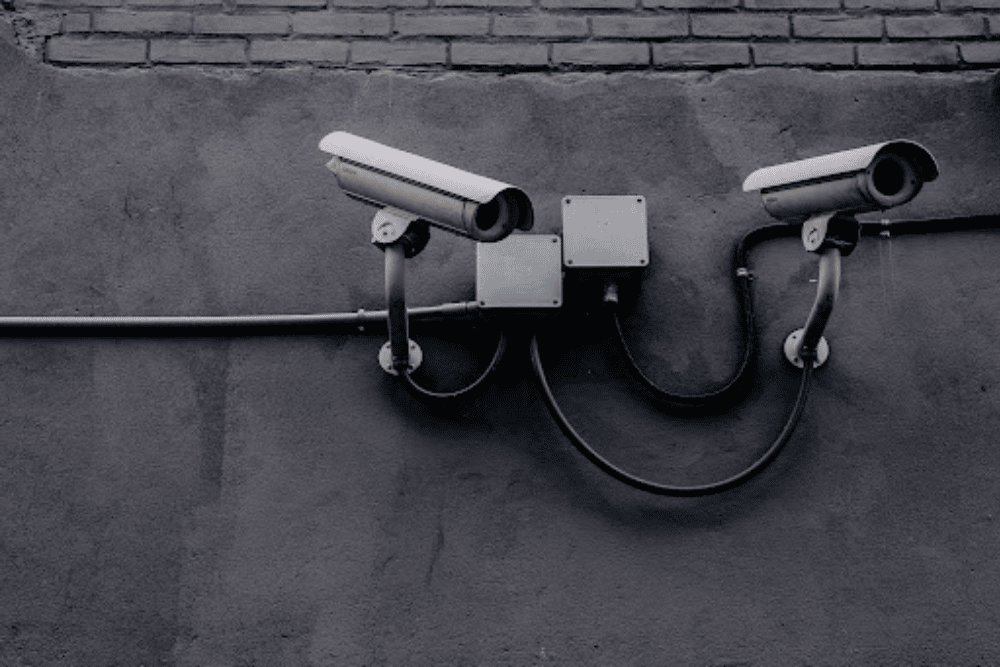
They’re everywhere. On telephone poles, traffic lights, dashboards, and buildings. They dot the ceiling and walls in businesses and private homes. There’s a good chance one is looking at you right now. (So smile!)
It’s hard to remember a time when surveillance cameras weren’t as common as they are today. In a relatively brief span, they’ve become ubiquitous. It’s believed that there are more than 1 billion cameras installed worldwide. It’s nearly impossible to escape them.
In fact, Americans are caught on camera an average of 238 times every week. That’s 34 times per day. The report by Safety.com broke that number down as follows:
- 160 times per week while driving
- 40 times per week at work (although that figure is much higher for those in retail)
- 24 times per week while out running errands and shopping
- 14 times per week through various other channels and activities
11 of the 20 most surveilled cities in the world are in China—they have an estimated 54% of installed security cameras—while New York, London, Seoul, Moscow, Delhi, Chennai, Singapore, Mumbai, and Mexico City round out the rest.
Security cameras, dash cams, traffic cameras, and body cams are a part of everyday life practically everywhere. And it’s big business, too. The worldwide surveillance technology market was worth about $90 billion in 2021, up from $83 billion the year before.
But how did we get here? When were security cameras invented, and when did they become common?
When Were Security Cameras Invented?
So, where and when does the history of surveillance cameras start? Depends who you ask.
There is some evidence to suggest that the surveillance camera first appeared in Stalin-era Soviet Russia, sometime around 1927. Russian physicist Léon Theremin—most famous for the invention of the world’s first electronic musical instrument, called simply a theremin—may have created a closed-circuit system using a camera and television, but the Kremlin quickly classified it. Another 15 years would pass before a true surveillance camera came into existence.
But let’s slow down.
Moving Pictures
Moving pictures are a relatively recent invention. Eadweard Muybridge created an early prototype called the zoopraxiscope in 1878. Inventors Thomas Edison and William Dickson began experimenting with the idea in the 1880s, but it wasn’t until 1893 that they made the first public demonstration. It instantly captivated the world. Within just a few years, the motion picture industry was up and running.
French brothers Auguste and Louis Lumiere were the first to screen short films for a paying audience in December 1895. Then, in 1896, Vitascope Hall was the first dedicated movie theatre to open in the US. The world’s first feature-length film—called The Story of the Kelly Gang—was made in Australia in 1906. The first Hollywood movie studio opened in 1911, and Charlie Chaplin first appeared on film in 1914.
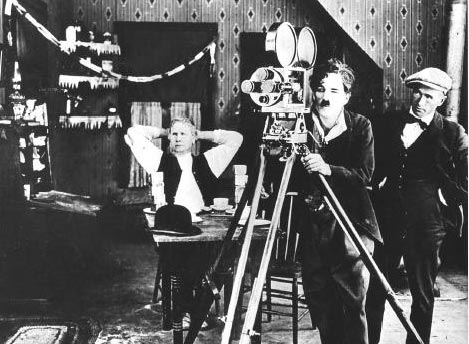
Smaller, portable, hand-held video cameras appeared by 1939. They were used for surveillance and reconnaissance during World War II. These cameras—both large and small—recorded video footage onto film to be processed and watched later.
And that brings us back to the history of surveillance cameras.
The First Surveillance System
Nazi-controlled Germany. 1942.
Fifteen years after Theremin possibly built a system in the Soviet Union, an engineer named Walter Bruch designed what many consider the world’s first surveillance closed-circuit television (CCTV) system. He built it so Nazi scientists and military personnel could safely observe the launch of V-2 rockets at the Peenemunde Airfield. The American military would later use a similar design to test atomic bombs.
These systems may have set the stage, but they could not record what they were seeing. Unless someone sat and watched the monitor 24/7, they weren’t much use as a security camera.
Yet.
The First Security Camera
The earliest CCTV security cameras available to the public appeared in 1949. Produced by American company Vericon, they still couldn’t record and required constant monitoring.
But just two short years later, in 1951, the videotape recorder (VTR) was invented. Early versions were open-reel devices that allowed a live image to be recorded reel-to-reel on magnetic tape. The first commercially available model was the VR-1000. The recorder debuted in 1956 at a cost of $50,000. It was the size of a desk.
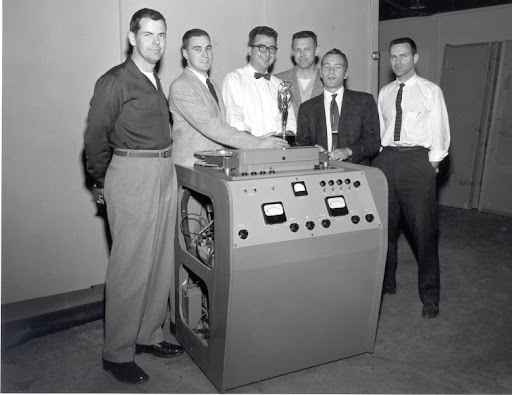
Initially developed for television, the technology quickly jumped to the security industry as well. However, it wasn’t practical for private home use. Only large corporations and governments could afford the equipment.
Security details extensively used CCTV security cameras during Queen Elizabeth II’s coronation in 1953. In 1960, during a visit by the Thai Royal Family, CCTV again. London Transport installed a few CCTV cameras in the train station in 1961. New York had a few covering Times Square in the mid-60s.
The city of Olean, New York, became the first location in the United States to install security cameras along its main street in 1968. The cameras broadcast video directly to the local police station. Other towns and cities would soon follow suit.
But these systems still required either 24/7 monitoring or a technician to watch the VTR—if you could afford one—and change the reels as necessary.
Videocassettes
Introduced in 1969, videocassettes changed the game. They were smaller and cheaper than traditional reels. A plastic case enclosed the recording tape. As a result, cassettes could be quickly and easily switched out.
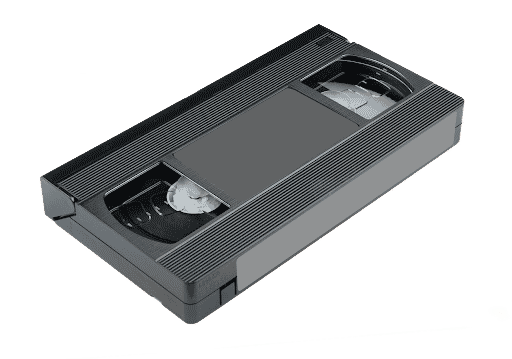
This advancement allowed surveillance and security cameras to go mainstream. The arrival of consumer videocassette recorders (VCRs) in 1971 pushed adoption even further.
The First Video Home Security System
Marie Van Brittan Brown and her husband Albert invented the modern video security system in the late 60s. Hers is the first patent for such a device granted in the United States in 1969.
Concerned about her safety when home alone, she designed an integrated security system. The system included four peepholes, a sliding surveillance camera, a monitor, and two-way audio. With this, she could both see and talk to whoever was knocking at her door. It was the first of its kind in the world.
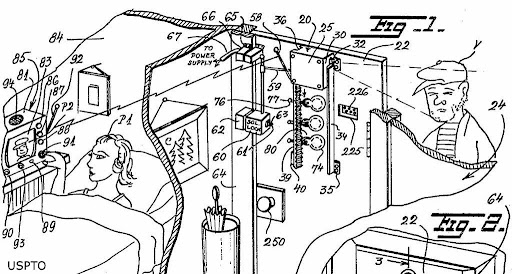
“If you have a ‘home security system’ protecting your home, you have [Marie Van Brittan Brown] to thank.”
– Sade Baderinwa, Broadcast Journalist
The combination of increasingly sophisticated CCTV networks and VCRs brought surveillance cameras and security systems to the masses starting in the early 1970s. Businesses and individuals could finally record security footage, review it later, save it, or record over it.
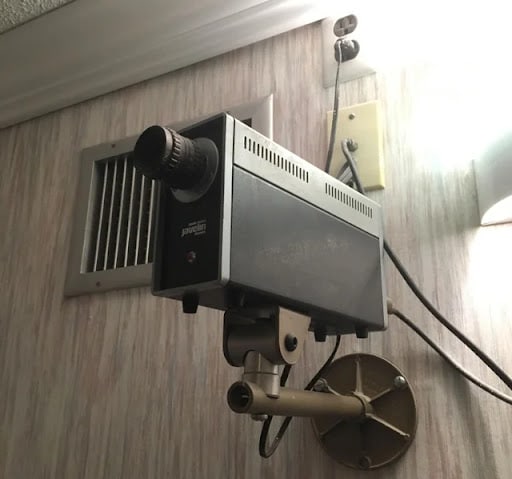
Retail shops and banks began installing CCTV systems with integrated VCRs extensively in the mid-70s and into the 80s. These were big, bulky, and conspicuous. (Remember those shoulder-mounted camcorders?)
With the development of charge-coupled device (CCD) technology in 1976, surveillance cameras could capture footage in low-light situations. This was a major milestone on the path to the true night vision capabilities we take for granted today.
Over the years, the camera quality got better, the size got smaller, and manufacturers attempted to make them at least slightly less noticeable. Examples of this include the dome camera configuration or the more streamlined bullet camera.
The History of Surveillance Cameras: The Digital Revolution
Surveillance cameras in the late 80s and early 90s still relied on CCTV networks and VCRs. Tapes had to be switched and stored. The system worked, but it was less than ideal.
Enter the digital revolution.
Kodak introduced several digital products in 1987. Digital video compression arrived in 1993 with the release of the Ampex DCT. Apple brought digital image capture to consumers with their QuickTake 100 in 1994.
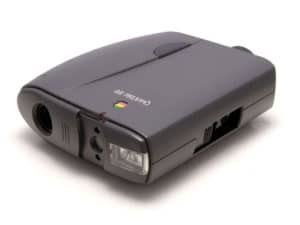
Digital cameras record video footage on hard drives and flash storage rather than magnetic tape. The footage is of better quality and does not deteriorate over time like a videocassette. Digital surveillance and security cameras can record days, weeks, or even months of footage before running out of space. That’s not including the virtually unlimited storage available in the cloud. And hard drives can be easily erased and reused indefinitely.
The development of digital multiplexers in the mid-90s allowed a single digital video recorder (DVR) to capture and save footage from more than one camera. This led to the multi-camera security systems used now.
Cameras got smaller and more specific, too. For example, the first “Nanny Cam” arrived in 1992.
This digital migration saw the first IP (internet protocol) camera—the Axis NetEye 200—land in 1996. This removed the need for a closed-circuit system. The camera could transmit footage wirelessly over a computer network. The NetEye is the forefather of modern web and surveillance cameras.
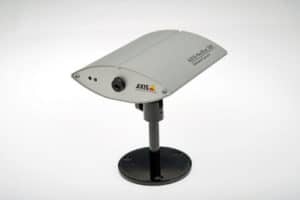
Where Is the History of Surveillance Cameras Headed Today?
Modern security cameras are HD, wireless, and weatherproof. The best ones include crystal clear night vision, motion-only recording, two-way audio, and anywhere accessibility. Cutting-edge and effective, their mere presence can deter up to 67% of would-be thieves before they commit a crime.
How far we’ve come in just 80 years! And Deep Sentinel is leading the charge into the next wave of innovation. The history of surveillance cameras is starting a brand new chapter.
Need a Solution that Prevents Crime?
Deep Sentinel is the only security technology that delivers the experience of a personal guard on every customer’s home and business. Visit deepsentinel.com or call 833-983-6006

